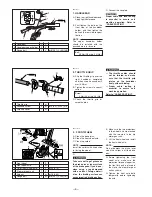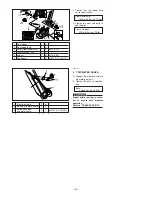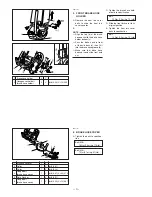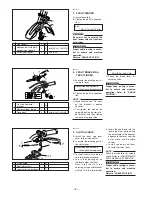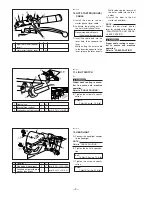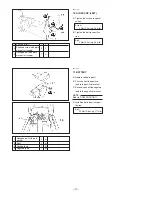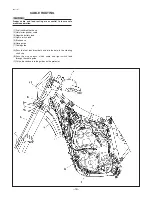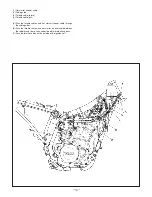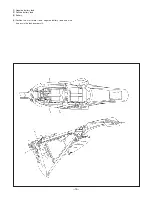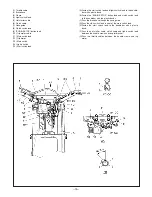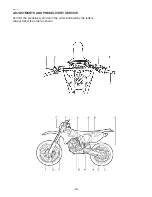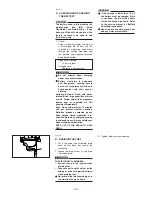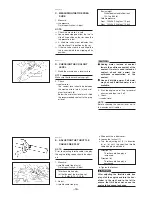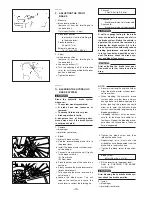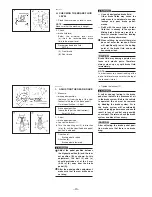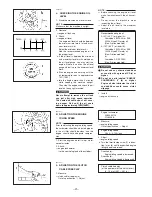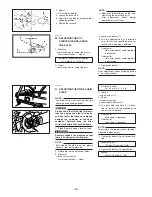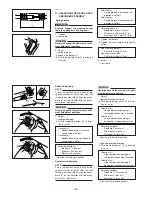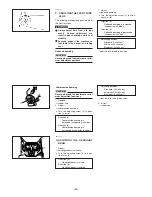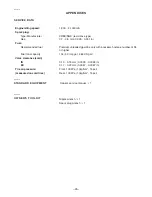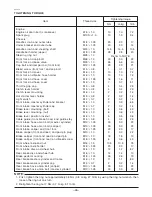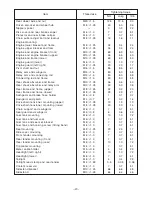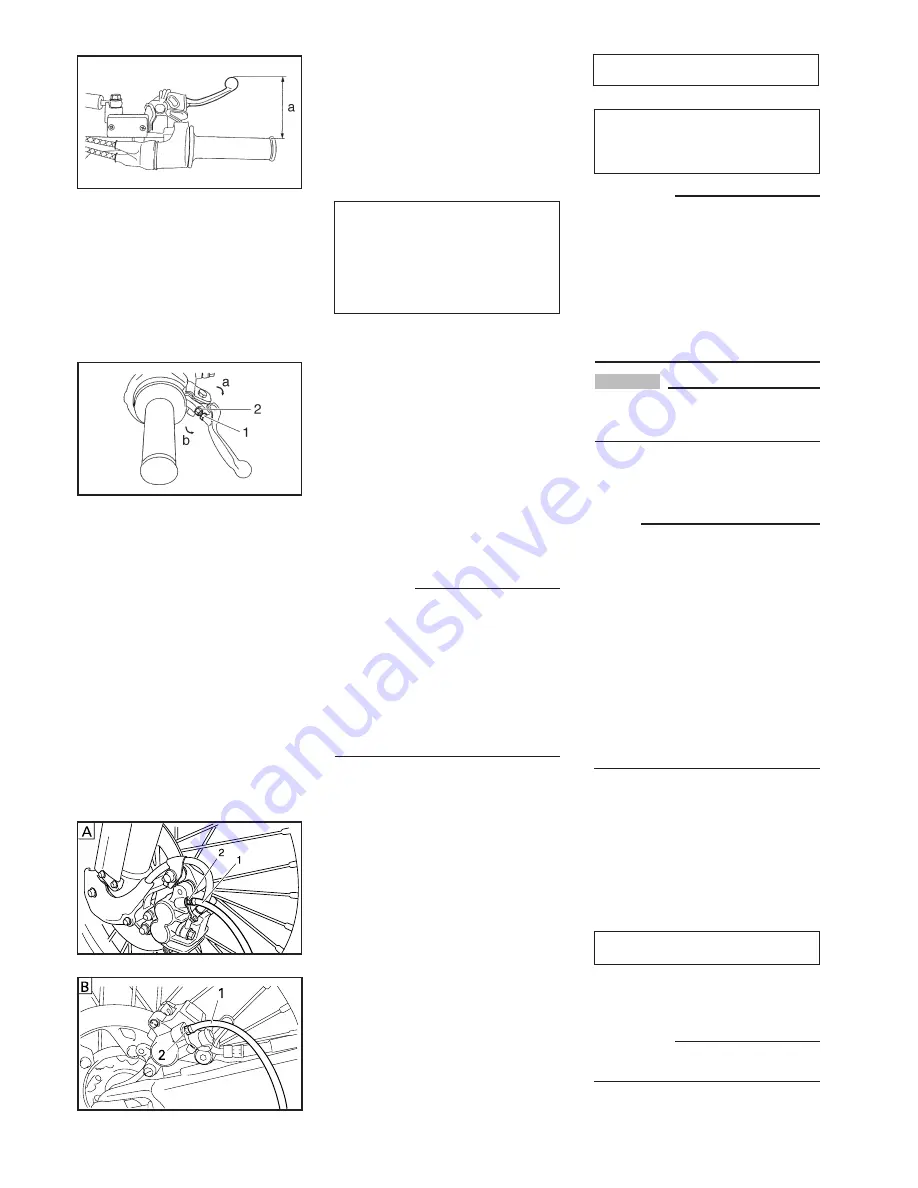
EAA01024
F. ADJUSTING THE FRONT
BRAKE
1. Measure:
D
brake lever position (a)
(distance (a) from the throttle grip to
the brake lever)
Out of specification
>
Adjust.
Brake lever position
(distance (a) from the throttle grip
to the brake lever)
Standard position:
95 mm (3.74 in)
Extent of adjustment:
76 ~ 97 mm (2.99 ~ 3.82 in)
2. Adjust:
D
brake lever position
(distance (a) from the throttle grip to
the brake lever)
a. Loosen the locknut (1).
b. Turn the adjusting bolt (2) in direction
(a) or (b) until the specified brake lever
position is obtained.
c. Tighten the locknut.
Direction (a):
Brake lever distance is increased.
Direction (b):
Brake lever distance is decreased.
W
A soft or spongy feeling in the brake
lever can indicate the presence of air in
the brake system. Before the vehicle is
operated, the air must be removed by
bleeding the brake system. Air in the
brake system will considerably reduce
braking performance and could result
in loss of control and possibly an acci-
dent. Therefore, check the brake sys-
tem and bleed if necessary.
CAUTION:
After adjusting the brake lever posi-
tion, make sure that there is no brake
drag.
EAA01034
G. BLEEDING THE HYDRAULIC
BRAKE SYSTEM
W
Bleed the hydraulic brake system
whenever:
D
The system was disassembled,
D
A brake hose was loosened or
removed,
D
The brake fluid level is very low,
D
Brake operation is faulty.
A dangerous loss of braking perfor-
mance may occur if the brake system
is not properly bled.
1. Remove:
D
diaphragm
D
protector (rear brake)
NOTE:
D
Be careful not to spill any brake fluid or
allow the brake master cylinder reser-
voir to overflow.
D
When bleeding the hydraulic brake
system, make sure that there is always
enough brake fluid before applying the
brake. Ignoring this precaution could
allow air to enter the hydraulic brake
system, considerably lengthening the
bleeding procedure.
D
If bleeding is difficult, it may be neces-
sary to let the brake fluid settle for a
few hours. Repeat the bleeding proce-
dure when the tiny bubbles in the hose
have disappeared.
2. Bleed:
D
hydraulic brake system
a. Add the recommended brake fluid to
the proper level.
b. Install the brake master cylinder reser-
voir diaphragm.
c. Connect a clear plastic hose (1) tightly
to the bleed screw (2).
(A) Front brake
(B) Rear brake
d. Place the other end of the hose into a
container.
e. Slowly squeeze the brake lever several
times and release it.
f. Fully squeeze the brake lever and do
not release it.
g. Loosen the bleed screw. This will
release the tension and cause the
brake lever to contact the throttle grip.
h. Tighten the bleed screw and then
release the brake lever.
i. Repeat steps (e) to (h) until all of the
air bubbles have disappeared from the
brake fluid in the plastic hose.
j. Tighten the bleed screw to specifica-
tion.
Bleed screw:
6 Nm (0.6 m
d
kg, 4.3 ft
d
lb)
k. Fill the reservoir to the proper level.
Refer to "CHECKING THE BRAKE
FLUID LEVEL".
W
After bleeding the hydraulic brake sys-
tem, check the brake operation.
3. Install:
D
diaphragm
D
protector (rear brake)
-19-
Locknut:
5 Nm (0.5 m
d
kg, 3.6 ft
d
lb)

